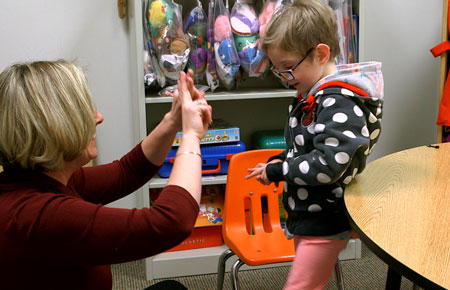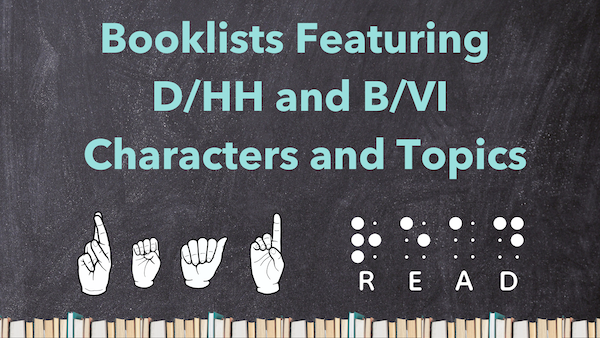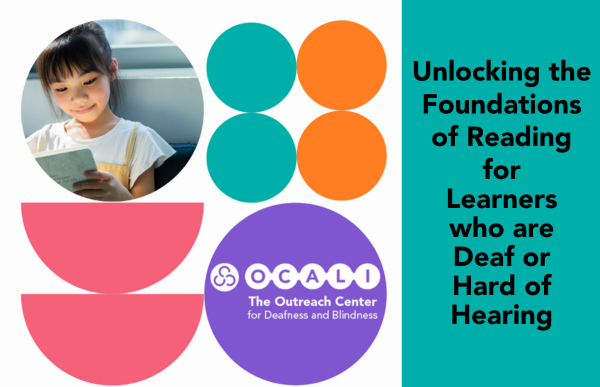Literacy and Deaf / Hard of Hearing
Language and Literacy Resources
15 Principles for Reading to Deaf Children - The 15 principles on reading to deaf children was developed from a research on observing how adults read to their deaf/hard of hearing children. It offers strategies to promote literacy and language skills.
Language and Literacy Development in Children Who Are Deaf or Hearing Impaired - An article written by Sandra Briggle, and published in the the Kappa Delta Phi Record, and also on the LD Online website outlines some introductory information.
Language Development Chart - Explore this chart on Language development in English and American Sign Language to be used by educational teams to increase understanding of the language skills of learners who are D/HH. Educational audiologists, speech and language pathologists, ASL teachers and ASL specialists collaborated in developing this chart.
Unlocking the English Code - Explore and connect the areas of phonological awareness, phonics, writing, fluency, vocabulary, communication, language, and comprehension specifically for learners who are D/HH or B/VI. To learn more about this topic, and earn professional development credit, log in to your OCALI ID account by clicking here.
Ask Abbey Series - The Ask Abbey series is designed to provide practical, easy-to-use strategies across many areas of instruction for Deaf and Hard of Hearing learners. Each 30-minute session will include simple tips and strategies, followed by live Q&A with Abbey Weaver, an itinerant teacher for the deaf and hard of hearing in Ohio, and other ‘friends’ who are expert practitioners. Need a new strategy to engage a learner and have a limited time? Then this series is for you. Professional development credit is available upon completion of the webinar and evaluation.
The Bridge Between ASL and English: A Focus on Phonological Awareness - Ohio has a strong focus on literacy for every learner. What we know about literacy is that phonological awareness is a critical component of learning to read. Phonological awareness is often associated solely with auditory access but there are many ways to access phonological awareness. This module reviews the major components of reading and provides strategies to support phonological awareness for learners who are deaf or hard of hearing.


